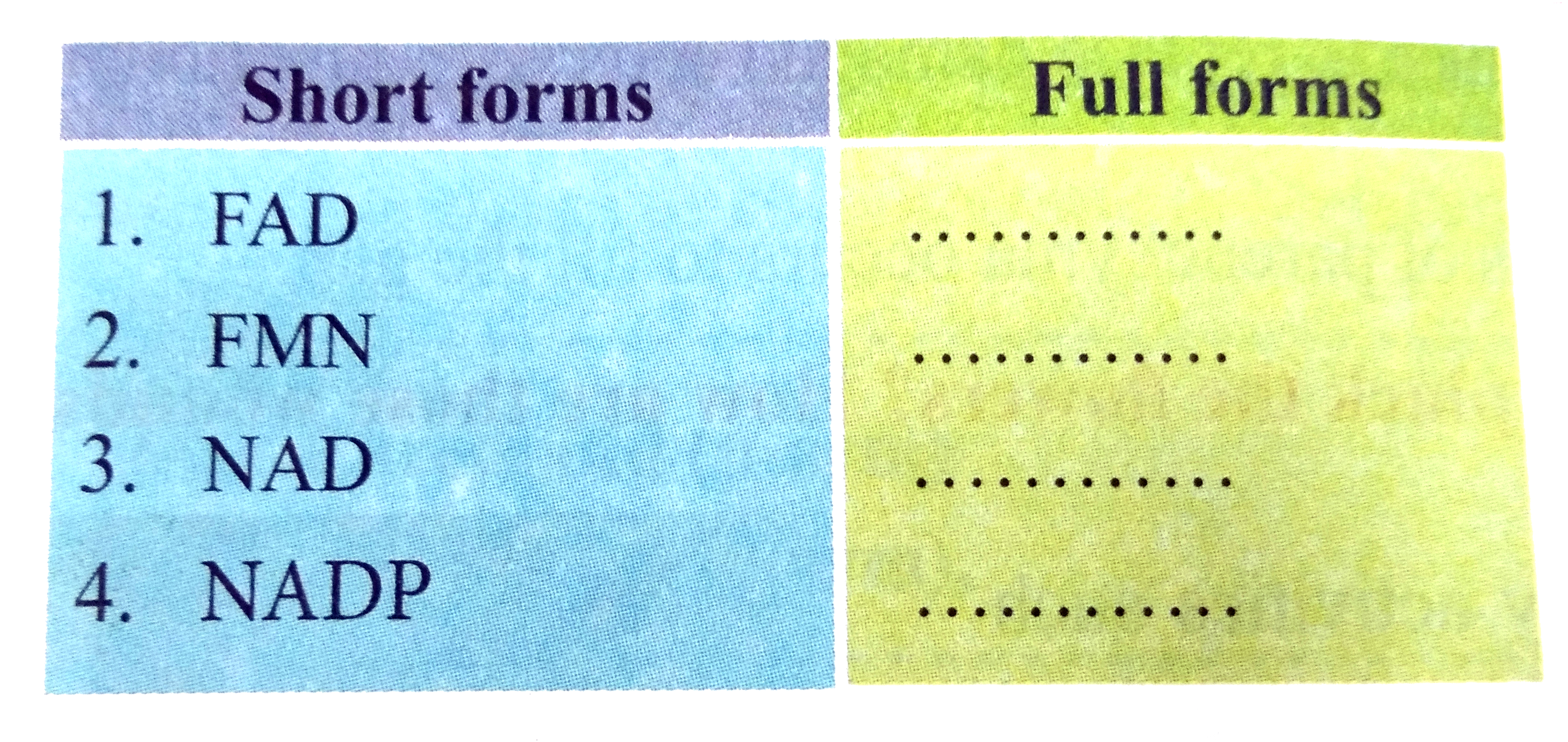How much is the filtering force required in the glomerulus? What is the nature of the filtrate in the PCT?
Step-by-Step Solution:
1. Understanding the Filtering Force in the Glomerulus:
- The glomerulus is a network of capillaries located at the beginning of the nephron in the kidney. It is responsible for filtering blood to form urine.
- The filtering force required in the glomerulus is primarily due to the blood pressure within the capillaries.
- The average pressure that drives the filtration process in the glomerulus is approximately 60 mmHg (millimeters of mercury). This pressure is essential for pushing the blood through the filtration barrier.
2. Nature of the Filtrate in the Proximal Convoluted Tubule (PCT):
- After the filtration process in the glomerulus, the filtrate enters the proximal convoluted tubule (PCT).
- The filtrate in the PCT is characterized as isotonic, meaning it has the same osmotic pressure as blood plasma, which indicates that it does not have a significant concentration of solutes such as salts.
- The filtrate is essentially similar to blood plasma but lacks proteins. This is because proteins are too large to pass through the filtration barrier and are reabsorbed back into the bloodstream.
- The filtrate is neither acidic nor basic, indicating a neutral pH.
Summary of Key Points:
- Filtering Force: Approximately 60 mmHg is required in the glomerulus for filtration.
- Nature of Filtrate in PCT: The filtrate is isotonic, has zero salinity, is neutral (neither acidic nor basic), and does not contain proteins.
- The glomerulus is a network of capillaries located at the beginning of the nephron in the kidney. It is responsible for filtering blood to form urine.
- The filtering force required in the glomerulus is primarily due to the blood pressure within the capillaries.
- The average pressure that drives the filtration process in the glomerulus is approximately 60 mmHg (millimeters of mercury). This pressure is essential for pushing the blood through the filtration barrier.
- After the filtration process in the glomerulus, the filtrate enters the proximal convoluted tubule (PCT).
- The filtrate in the PCT is characterized as isotonic, meaning it has the same osmotic pressure as blood plasma, which indicates that it does not have a significant concentration of solutes such as salts.
- The filtrate is essentially similar to blood plasma but lacks proteins. This is because proteins are too large to pass through the filtration barrier and are reabsorbed back into the bloodstream.
- The filtrate is neither acidic nor basic, indicating a neutral pH.
- Filtering Force: Approximately 60 mmHg is required in the glomerulus for filtration.
- Nature of Filtrate in PCT: The filtrate is isotonic, has zero salinity, is neutral (neither acidic nor basic), and does not contain proteins.
Topper's Solved these Questions
- EXCRETORY PRODUCTS AND THEIR ELIMINATIONBOOK - MODERN PUBLICATIONCHAPTER - EXCRETORY PRODUCTS AND THEIR ELIMINATIONEXERCISE - REVISION EXERCISES (Short Answer Questions)
32 Videos
- EXCRETORY PRODUCTS AND THEIR ELIMINATIONBOOK - MODERN PUBLICATIONCHAPTER - EXCRETORY PRODUCTS AND THEIR ELIMINATIONEXERCISE - REVISION EXERCISES (Long Answer Questions)
7 Videos
- EXCRETORY PRODUCTS AND THEIR ELIMINATIONBOOK - MODERN PUBLICATIONCHAPTER - EXCRETORY PRODUCTS AND THEIR ELIMINATIONEXERCISE - QUICK MEMORY TEST (C. Choose the correct alternative)
12 Videos
- DIGESTION AND ABSORPTIONBOOK - MODERN PUBLICATIONCHAPTER - DIGESTION AND ABSORPTIONEXERCISE - Chapter Practice Test
12 Videos
- LOCOMOTION AND MOVEMENTBOOK - MODERN PUBLICATIONCHAPTER - LOCOMOTION AND MOVEMENTEXERCISE - OBJECTIVE TYPE QUESTIONS
2 Videos
Similar Questions
Knowledge Check
A horizontal force of 20 N is applied to a block of 10 kg resting on a rough horizontal surface. How much additional force is required to just move the block, if the coefficient of static friction between the block and the surface is 0.4 ?
A15.5 NB10.3 NC8.5 ND19.2 N
How much time is required for the Earth for 1 rotation?
View SolutionHow much quanity of each vitamin is required every day ?
View SolutionExplain how, the irrigation requirements depend on the nature of the crop.
View SolutionHow much quantity of each vitamin is required every day ?

View SolutionHow much energy must be supplied to hydrogen atom, to free (remove) the electron in the ground state?
View SolutionWhat is the requirement for a force to come into play?
View SolutionWhat are central forces? Are they conservative in nature?
View Solution
